Employers have a legal duty to protect the health and safety of their workers, as set out in legislation enforced by the Health and Safety Executive (HSE). This overview explains your employer’s responsibilities for safeguarding your physical wellbeing while you carry out your role.
First aid
The Health and Safety (First-Aid) Regulations 1981, which are regulated and enforced by the HSE, require employers to provide adequate and appropriate equipment, facilities and personnel to make sure employees receive immediate attention if they are injured or become ill at work. These regulations apply to all workplaces, regardless of size or industry.
Employers must carry out an assessment of first aid needs to determine what provisions are necessary based on the nature of their work and the risks involved. This includes appointing one or more individuals as designated first aiders where appropriate. Designated first aiders must receive suitable training, and their skills should be refreshed regularly to maintain their ability to respond effectively to emergencies.
In addition to appointing trained personnel, employers should make sure that appropriate first aid provisions are available on site. This may include first aid kits, eye wash stations and access to emergency equipment, depending on the risks identified during the assessment.
A written health and safety manual should be maintained to set out the procedures to be followed in the event of a medical emergency. This manual should clearly identify the appointed first aiders, describe their responsibilities and outline the location and contents of first aid supplies. It should be reviewed regularly and made easily accessible to all employees.
Provide appropriate tools and equipment
Employers must provide tools and equipment that are suitable for the task at hand and maintained in a safe, usable condition. This obligation applies across all types of workplaces and includes both general work tools and any specialised machinery relevant to the job. Equipment must be fit for purpose, free from obvious defects and used in accordance with manufacturer guidelines or relevant safety standards.
Personal protective equipment (PPE) forms a core part of this responsibility. Employers must supply PPE that is appropriate for the specific risks identified through a risk assessment. This includes items such as gloves, helmets, eye protection, high-visibility clothing, respiratory protection or safety footwear, depending on the nature of the work. The PPE provided must be in date, effective and capable of performing its intended function without exposing workers to additional hazards. Damaged, expired or ineffective PPE must be taken out of use and replaced without delay.
Regular inspections should be carried out on all tools, equipment and PPE to check for wear and tear, defects or other issues that may affect their safe use. Maintenance records should be kept where applicable. Employers must also make sure that any person operating machinery or handling specialist equipment has received proper training and is competent to carry out their duties safely.
Neglecting to provide safe and suitable equipment or failing to maintain it properly can lead to avoidable injuries and may breach health and safety legislation.
Clearly identify hazards
Employers must take proactive steps to identify and highlight all hazards present in the workplace. This involves conducting thorough risk assessments to evaluate any activity, condition or substance that could cause harm. Hazards may be immediate, such as wet floors, sharp edges, trailing cables, or exposed wiring, or they may be ongoing and tied to the work environment – such as excessive noise, poor lighting, hazardous chemicals or contact with moving machinery. Risk assessments should be carried out regularly and updated when work processes change or when new hazards emerge.
Once identified, these risks must be clearly communicated to all employees. One of the most effective methods of doing this is through the use of appropriate signage. Warning signs should be installed wherever there is a foreseeable risk, and they must meet safety standards in both design and placement. This means using standardised symbols and colours, such as yellow triangles for general warnings or red circles for prohibitions. Signs must be located where employees are likely to encounter the hazard and must not be obscured, damaged or positioned too high or low to be seen.
It is not enough to simply display signage. Employers must also take steps to make sure employees understand the information presented and know how to respond. This may involve training, verbal briefings or inclusion of signage explanations in health and safety documentation. Employees should also be encouraged to report damaged or missing signs so these can be replaced promptly.







